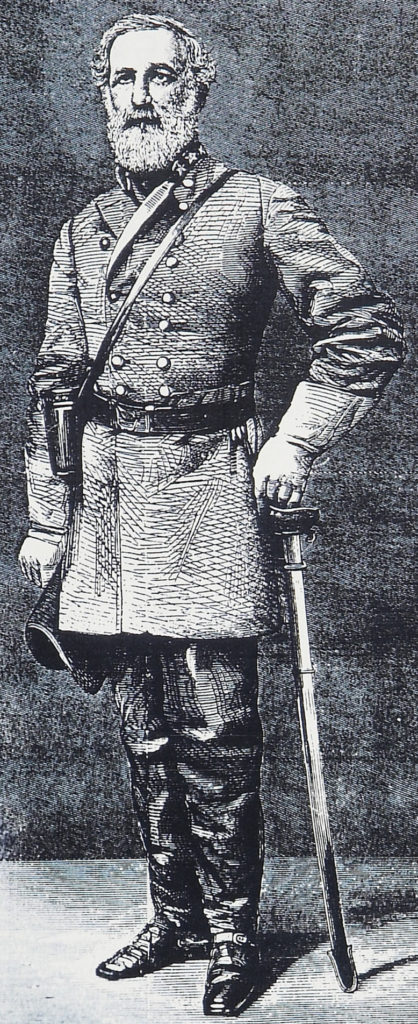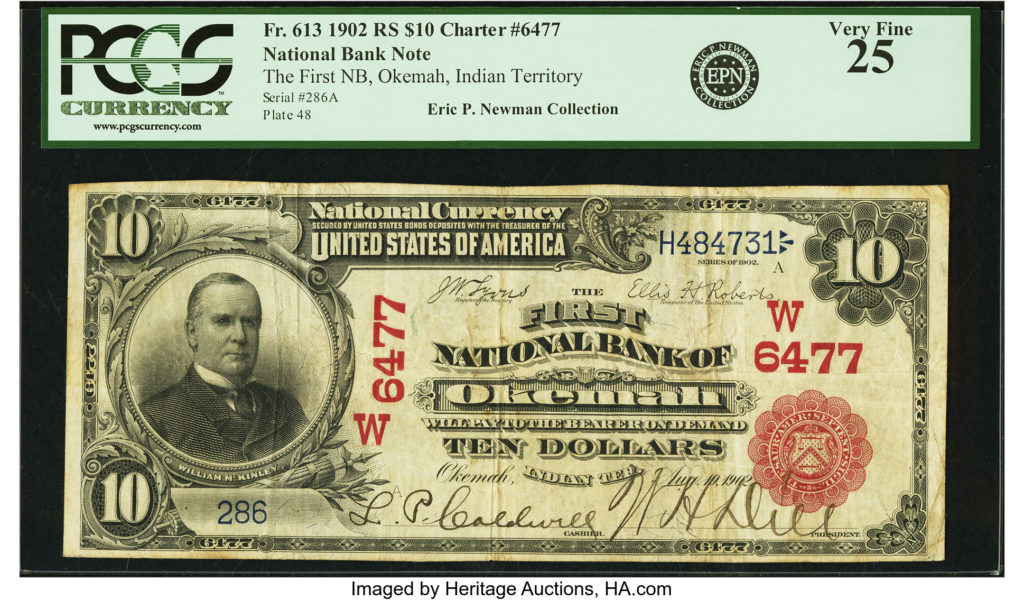
By Jim O’Neal
In late 1955, the Tappan Zee Bridge – spanning the Hudson River in New York – was opened with seven lanes for motor traffic. Two months ago, it was closed and is systematically being demolished. The deteriorating bridge, known in the governor’s office as the “hold-your-breath bridge,” was featured in the documentary The Crumbling of America, the story of the infrastructure crisis in the United States.
Also in this same category is the Arlington Memorial Bridge, which connects the Lincoln Memorial to Arlington National Cemetery and is metaphorically described as what rejoined the North and South after the Civil War. First proposed in 1886 as a memorial to General Ulysses S. Grant, it was blocked in Congress until President Warren G. Harding got snarled in a three-hour traffic jam in 1921 en route to the dedication of the Tomb of the Unknown Soldier.
Congress quickly approved his request for $25,000 to build the bridge and it finally opened in January 1932.
Nearby is Arlington House, the Robert E. Lee Memorial. This was the home for the Lee family for 30 years and where R.E.L. made the fateful decision to resign his commission in the U.S. Army on April 21, 1861, and join the Confederate States. He had declined President Abraham Lincoln’s offer to head up the Union Army since it would require him to bear arms against his home state of Virginia.
In June 1862, Congress enacted a property tax on all “insurrectionary” land and added an amendment in 1863 requiring the tax to be paid in person. Ill and behind Confederate lines, Mary Lee was unable to comply and the Lees never slept there again. The property was auctioned off on Jan. 11, 1864, and the high bidder ($26,800) was the U.S. government.
Secretary of War William Stanton approved the conversion of the Lee estate to a military cemetery in 1864. On May 13, a Confederate POW was buried there (renamed Arlington National Cemetery) and more than 400,000 have joined him, including President Taft, President JFK and my dear friend Roger Enrico.
For 15 years, I passed a statue of Robert E. Lee driving to my Dallas office. It invariably invoked memories of the wisdom of this soldier who surrendered his army to General Grant at Appomattox in April 1865. Most of his top aides tried to dissuade Lee from surrendering, arguing they could disband into the familiar countryside and hold out indefinitely in a stalemate. Eventually, Northern soldiers would simply return to their homes and then the South could regroup.
Thus did Robert E. Lee, so revered for his leadership in war, make his most historic contribution – to peace! By this one momentous decision, he spared the country the divisive guerilla war that would have followed … a vile and poisonous conflict that would have fractured the country perhaps permanently. Or as newspaper columnist Tom Wicker deftly put it, “The Vietnamization of America.”
Alas, Dallas city leaders recently removed the Lee statue and I sincerely hope they find some relief from the anguish they have suffered from this piece of marble sequestered so long. However, I suspect they will just move on to some other injustice. It reminds me of feeding jellybeans to pacify a ravenous bear. When you (inevitably) run out of jellybeans, he eats you.
 Intelligent Collector blogger JIM O’NEAL is an avid collector and history buff. He is president and CEO of Frito-Lay International [retired] and earlier served as chair and CEO of PepsiCo Restaurants International [KFC Pizza Hut and Taco Bell].
Intelligent Collector blogger JIM O’NEAL is an avid collector and history buff. He is president and CEO of Frito-Lay International [retired] and earlier served as chair and CEO of PepsiCo Restaurants International [KFC Pizza Hut and Taco Bell].

